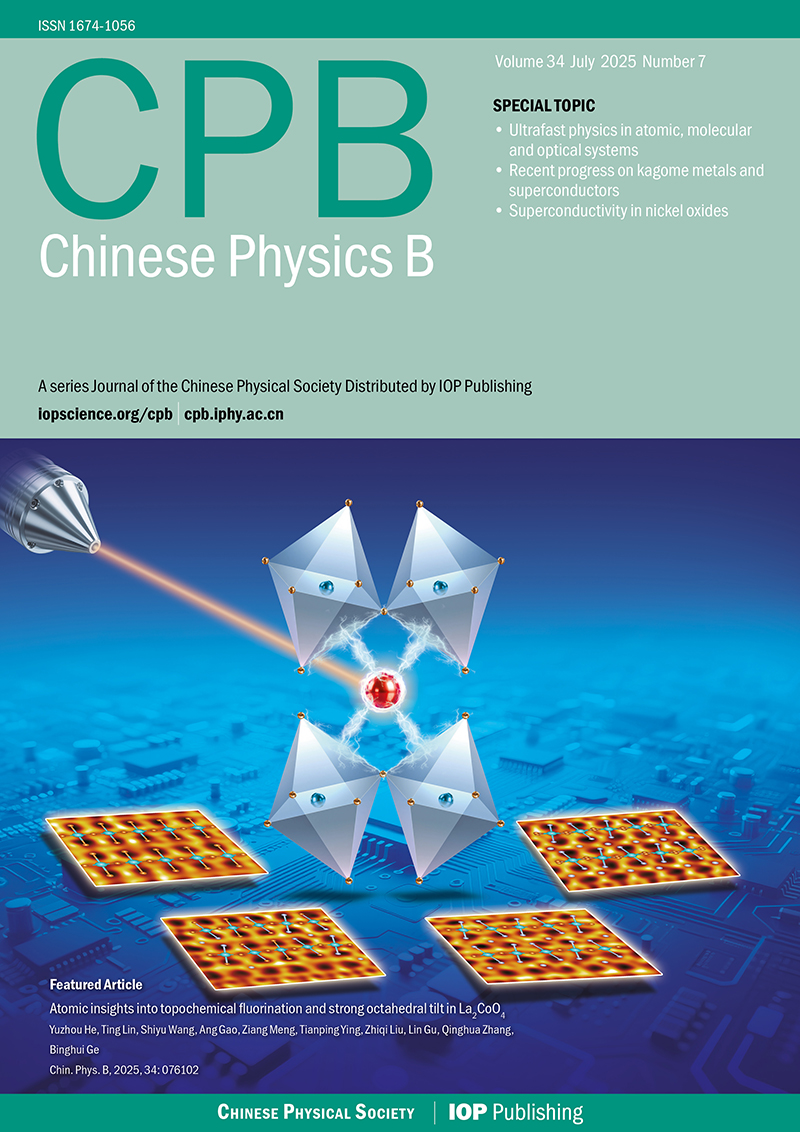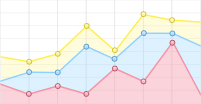Momentum-dependent anisotropy of the charge density wave gap in quasi-1D ZrTe3-xSex (x = 0.015)
- Received Date: 25/04/2025
- Accepted Date: 21/05/2025
- Available Online: 23/07/2025
-
Key words:
- charge density wave /
- superconductivity /
- angle-resolved photoemission spectroscopy /
- ZeTe$_{3-x}$Se$_{x}$
Abstract:
The charge density wave (CDW) state is a ubiquitous ordered phase in condensed matter systems, characterized by a periodic modulation of the electronic charge density. In many CDW materials, superconductivity (SC) emerges in close proximity to, or coexists with, the CDW phase, offering a valuable platform to explore the interplay between these two competing orders. The ZrTe$_{3-x}$Se$_x$ family provides an ideal system for investigating this interplay, as both CDW-dominated and superconductivity-dominated end members have been well studied, while the intermediate compositions remain largely unexplored. In this study, we employ high-resolution angle-resolved photoemission spectroscopy (ARPES) to systematically investigate the band structure and CDW gap in Se-doped ZrTe$_{3-x}$Se$_{x}$ ($x= 0.015$), a prototypical system exhibiting the coexistence of CDW and superconductivity phases. Detailed analysis of the band structure across the Brillouin zone reveals highly momentum-dependent, anisotropic CDW gaps. Quasi-2D Fermi surface centered at $\bar{\varGamma }$ exhibits the absence of CDW gap, while on quasi-1D Fermi surface along the Brillouin zone boundary, there is also a highly anisotropic distribution of CDW gap. The gap is zero at $\bar{B}$, while reaching its maximum at a nesting vector consistent with the bulk CDW modulation. These results provide direct evidence that quasi-1D Fermi surface nesting is the primary driving force behind CDW formation in this compound. Notably, our measurements reveal a strongly suppressed density of state around $E_{\rm F}$ even out of CDW gap and absence of band folding induced by Fermi surface nesting. This observation suggests that selenium doping enhances fluctuations of the CDW order parameter, thereby weakening the long-range CDW coherence. Such enhanced fluctuations are likely to facilitate SC pairing, contributing to the observed increase in the SC transition temperature of the doped samples. Our findings not only provide comprehensive understanding of the CDW state in the ZrTe$_{3-x}$Se$_{x}$ family but also demonstrate that chemical doping provides an effective route to tune the competition between CDW and superconductivity.

 首页
首页 登录
登录 注册
注册






 DownLoad:
DownLoad: